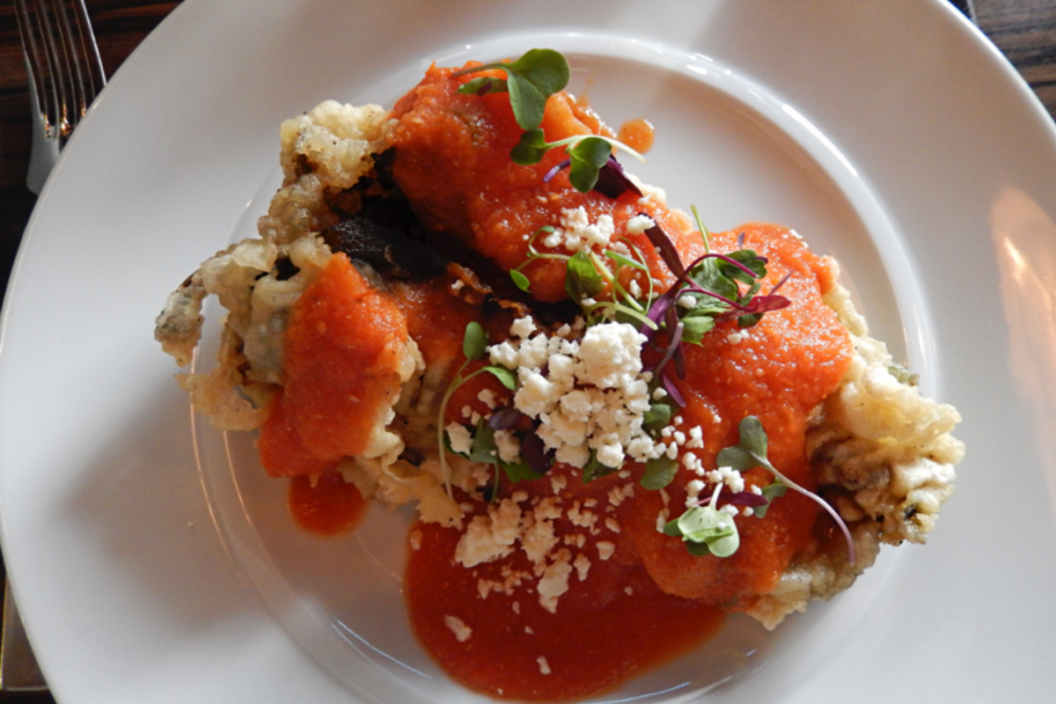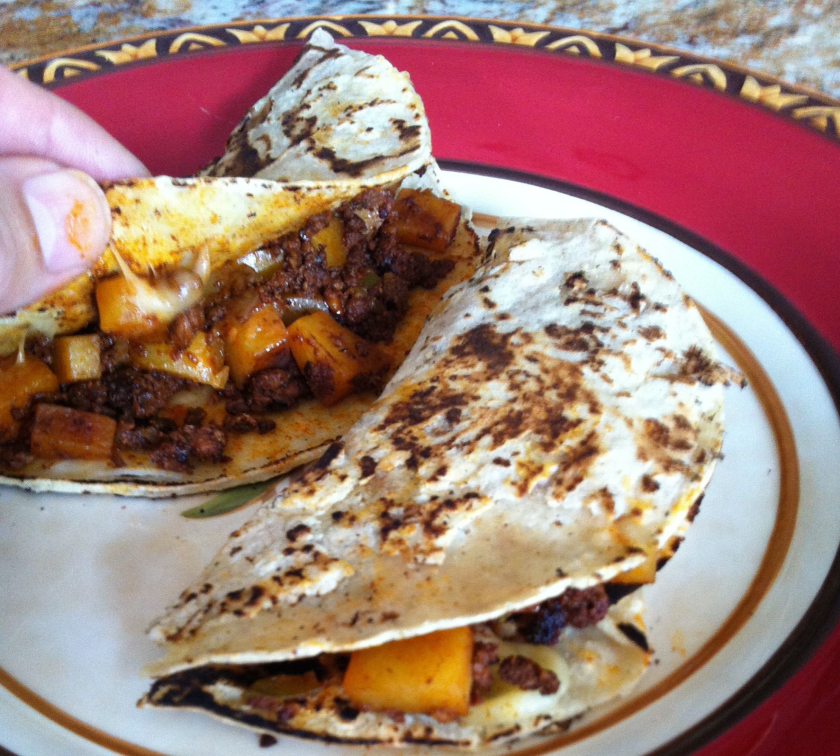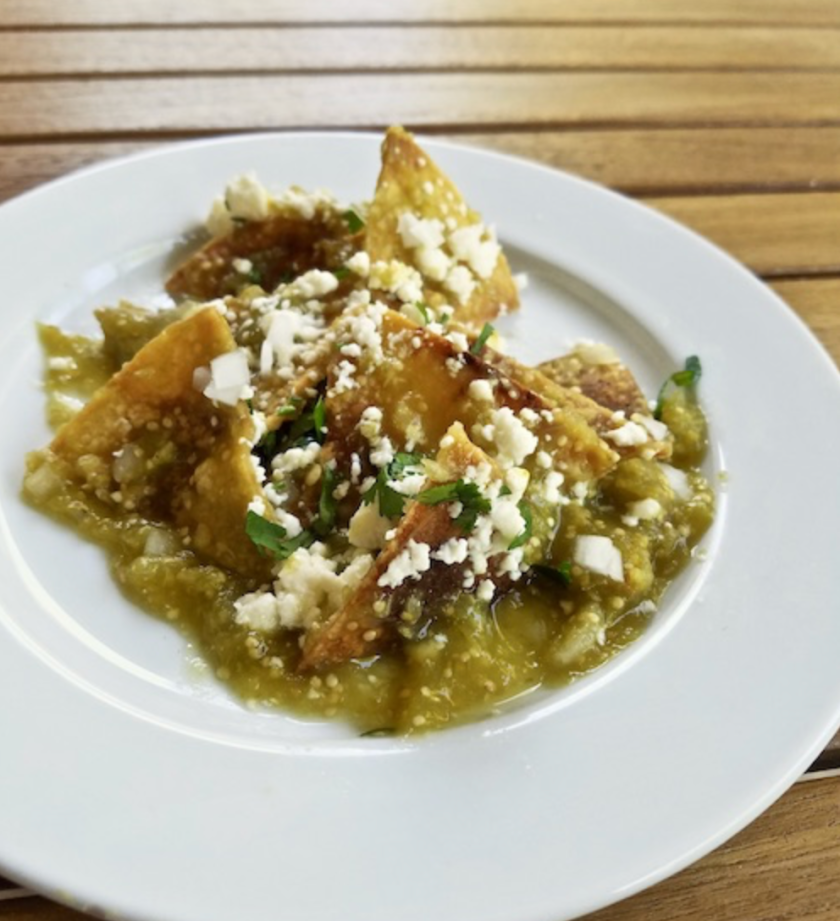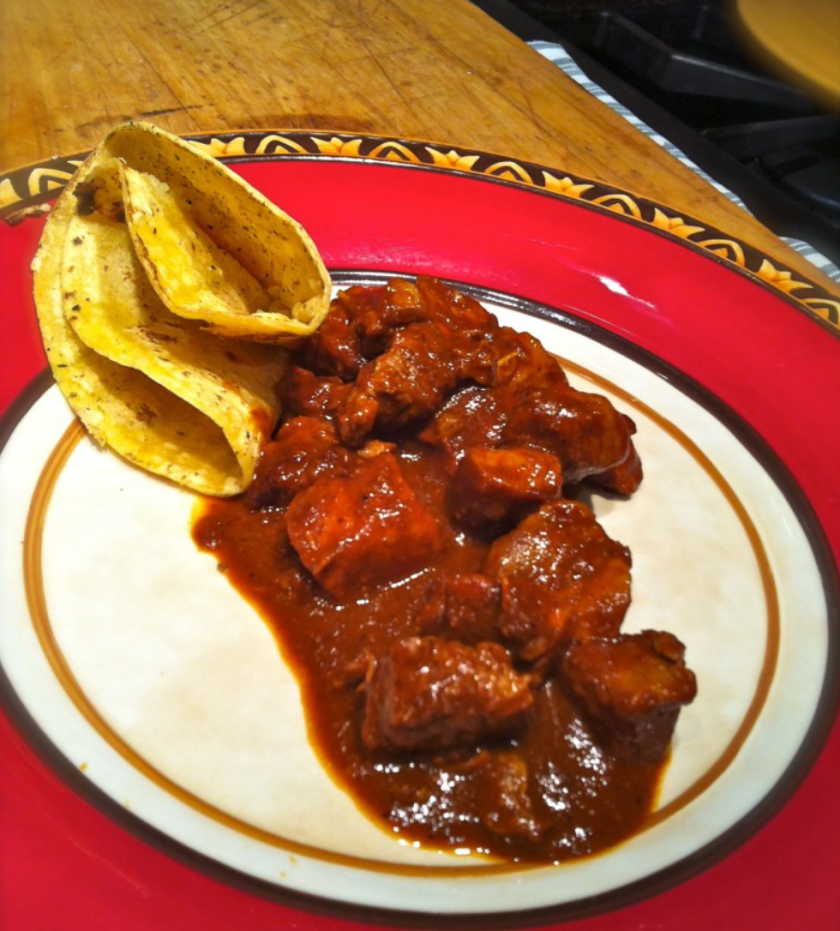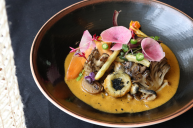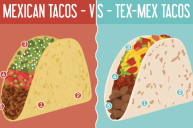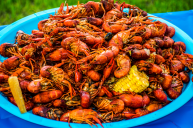We've all heard of the Cajun holy trinity of onion, celery and bell peppers, the base of so many delicious dishes like jambalaya and étoufféé. Although less well-known, there's also a holy trinity when it comes to Texas Mexican cuisine- the flavorful combo of garlic, cumin and black pepper. Along with being a staple of this region's cuisine, the holy trinity of these three spices represents an identity and culture that's finally having its moment in the sun.
As someone who's always enjoyed the spicy cheesiness of Tex-Mex food, I was intrigued when I came across the term "Texas-Mexican food." I wondered if this was just a longer way to say Tex-Mex, or was it a different cuisine entirely? Upon reading further, I found that Texas Mexican food is indeed its own cuisine, distinct from the plates of cheesy enchiladas and tacos you'll find at Taco Bell or other Tex-Mex restaurants.
What is Texas Mexican Food?
The term Texas Mexican was coined by Adán Medrano, a chef, food writer and filmmaker who specializes in the cuisine of the south Texas and northeastern Mexico. As he explained,
"Texas Mexican food is the cuisine that is common in the south Texas and northeastern Mexico region that extends from Waco up north all the way down to Monterrey. This region is a cohesive region in terms of food, community, common history and cooking techniques, and its food has a history that goes back 15,000 years."
When asked how it differs from Tex-Mex, he said that someone else would have to define that type of food, but that Tex-Mex food can only be found in anglo-dominated regions and restaurants, rather than the homes of Texas Mexican people. Tex-Mex started becoming prevalent in the 1970's, many thousands of years after the origins of Texas-Mexican food. Plus, Tex-Mex food is a fusion of Mexican food and American cuisine, while Texas Mexican food didn't come from Mexico, but was created in places in the United States like Austin and Corpus Cristi.
The flavor profiles and ingredients of Tex-Mex and Texas Mexican food are also different. For example, a Tex-Mex taco would likely have a "crispy corn tortilla and lots of cheese, and if it does have salsa, the predominant character will be described by its heat."
A Texas Mexican taco, on the other hand, will often be made with a flour tortilla, no cheese, and its salsa will be defined by "the complexity of the flavor, the aroma, texture and the color. So salsa becomes not forefront heat, but forefront flavor and aroma and the variety of chiles and how you put them together, and the spices become very important."
Medrano typically refers to Texas Mexican food as "comida casera," meaning home cooking in Spanish. When you boil it down, he says that "it's the home cooking of Mexican-American families who have been here for 15,000 years." This includes traditional Mexican dishes like carne asada and "all these wonderful spices, one of which is the trinity of garlic, cumin and black pepper."
Texas Mexican Food is More Than Just a Meal
Like all cuisines, Texas Mexican food, or comida casera, has far more cultural significance than simply being a form of nourishment. In fact, as Medrano portrayed in his film Truly Texas Mexican, this flavorful cuisine was a central part of the Indigenous peoples' resistance against colonization.
When asked to explain this further, Medrano said,
"The food ... reminds us of our ancient past. It's the memory about our identity, that we are indeed Native peoples and the way we eat is different ... our identity is not individualist, its much more communal ... resistance to colonization is a celebration of the richness that's inherent in our communities."
The erasure and colonization that Medrano is referring to has been going on for centuries, but one of the biggest moments was in 1837, when the the Texas government declared that a number Indigenous peoples were to be considered part of the republic of Mexico and no longer as a different people.
Medrano elaborated,
"if you look at documents and public records, we've been erased, but the food has not been erased. Our comida casera within the intimacy of our families and our relationships is very very strong and was never erased. And so this is what I mean by fighting against colonization, [it's a] resistance to the erasure of our identity ... resistance is a celebration and an invitation to share the celebration with all human beings."
What is the Holy Trinity of Comida Casera?
The holy trinity of garlic, cumin and black pepper is well known to any who have enjoyed the flavorful Texas Mexican cuisine of southern Texas and northeastern Mexico. Medrano said,
"I like the trinity of spices because it's a flavor profile and technique specific to our cuisine in the Texas Mexican region ... it's in all Mexican-American homes throughout the state and in northeastern Mexico, if you walk into one of these homes you'll smell it, it's a wonderful wonderful combination."
This is not to be confused with Mexican food's holy trinity of chile peppers found in mole sauce- which is ancho, pasilla and guajillo. Rather, the trinity of garlic, cumin and black pepper is a specific mixture of flavors that won't be found in Mexico City or Oaxaca, and is unique to the Texas Mexican region.
This "holy trinity" is as emblematic to Texas Mexican cooking as the trinity of onion, celery and bell peppers is to Cajun cooking. Medrano feels that these flavors and other flavors found in Texas Mexican food are finally getting the recognition that they deserve, as more and more people become aware of this cuisine full of history and flavor.
"The food of the Texas Mexican American community is getting its place in the sun. It's a cathartic experience because for so long we have been in the shadow of the anglo Tex Mex ... I want to expand the repertoire of what food people can enjoy, because our comida casera is very delicious."
Medrano hopes that Texas Mexican food will continue to be experienced and celebrated by more Americans, and that it will eventually bring people together. As he beautifully stated at the end of our interview, "the ultimate goal is to set a table where all are welcome."
READ MORE: What's the Difference Between Tex-Mex and Mexican Food?
